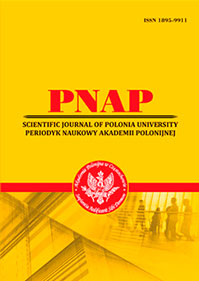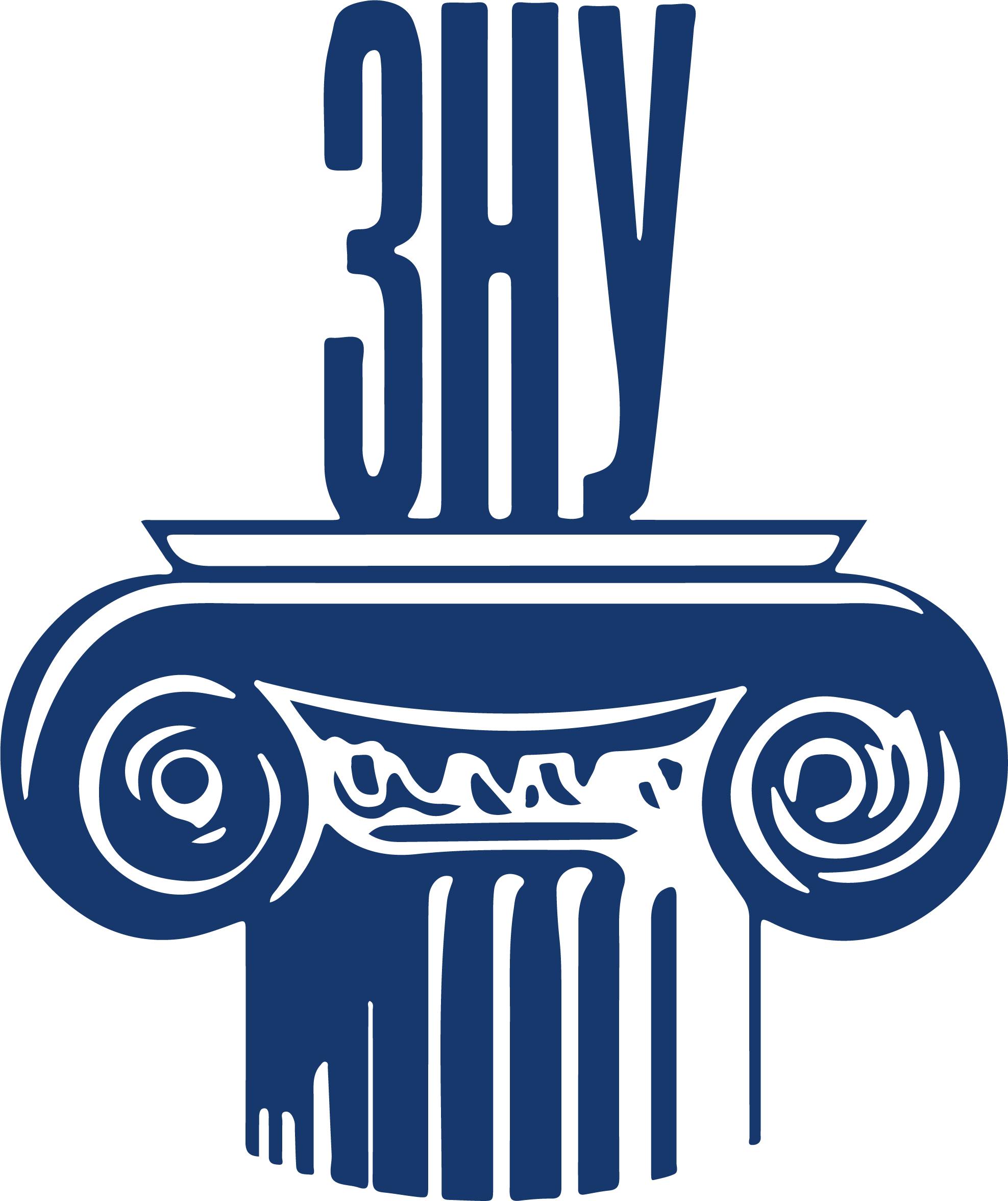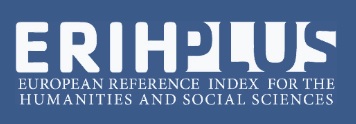INTERTEXTUALITY AND RESILIENCE: NAVIGATING CATASTROPHE THROUGH TEXTUAL NETWORKS IN CONTEMPORARY CHILDREN’S DISASTER LITERATURE
Abstract
Contemporary children’s literature has significantly transformed in addressing disaster, trauma, and recovery themes through sophisticated intertextual strategies. This study examines how authors employ cross-textual references, allusions, and narrative echoes to help young readers process catastrophic events while building resilience. Through systematic analysis of contemporary children’s disaster literature published between 2000 and 2024, this research investigates intertextual mechanisms across four disaster categories: natural disasters, climate change, human-made disasters, and personal catastrophes. The theoretical framework draws upon Y. Kristeva’s foundational intertextuality theory and G. Genette’s transtextual taxonomy, which are explicitly applied to trauma-informed children’s literature. Case studies include analysing works by P. Philbrick, P. Brown, T. Lai, and the 2025 S. King – M. Sendak collaboration on “Hansel and Gretel”. Findings reveal that intertextual strategies operate through archetypal frameworks, mythological traditions, and cultural migration narratives, providing cognitive scaffolding and emotional containment for young readers. Natural disaster narratives consistently employ biblical flood imagery and survival literature traditions, while climate change literature innovatively addresses technology-nature relationships through familiar narrative patterns. Human- made disaster literature demonstrates complex cultural bridging mechanisms, particularly in refugee and war narratives negotiating hybrid identity formation. The S. King – M. Sendak collaboration exemplifies “temporal intertextuality”, where multiple historical moments converge to create therapeutic narrative frameworks. Results indicate that intertextuality serves five primary functions: cognitive scaffolding, emotional containment, cultural transmission, identity formation, and community connection building. These mechanisms demonstrate significant bibliotherapeutic potential, suggesting that intertextually sophisticated disaster narratives are crucial resources for trauma processing and resilience development. However, empirical research examining child reader interpretation remains limited, and emerging disaster types require ongoing analysis. This study contributes to understanding how children’s literature mediates trauma through textual networks and establishes intertextuality as a fundamental mechanism for cultural transmission of survival wisdom and adaptive capacity in an increasingly uncertain world.
References
2. “Hansel and Gretel” Picture Book Due This Fall from Stephen King and Maurice Sendak. Publishers Weekly, 2025, June 15. URL: https://www.publishersweekly.com/pw/by-topic/childrens/childrens-book-news/article/95123-hansel-and-gretel-picture-book-due-this-fall-from-stephen-king-and-maurice-sendak.html.
3. Allen G. Intertextuality. 2nd ed. Routledge, 2011.
4. Babelyuk O., Koliasa O., Matsevko-Bekerska L. Matuzkova O., Pavlenko N. The Interaction of Possible Worlds through the Prism of Cognitive Narratology. Arab World English Journal (AWEJ), 12, 2, 2021. URL: http://dx.doi.org/10.2139/ssrn.3892970.
5. Beckett S.L. Recycling Red Riding Hood. Routledge, 2002.
6. Bosmajian H. Sparing the child: Grief and the unspeakable in youth literature about Nazism and the Holocaust. Routledge, 2002.
7. Bradley K.B. The war that saved my life. Dial Books for Young Readers, 2015.
8. Brown P. The Wild Robot. Little, Brown Books for Young Readers, 2016.
9. Davies N. The Day War Came. Candlewick Press, 2018.
10. Enid News. Stephen King reimagines “Hansel and Gretel” with Maurice Sendak’s drawings. Enid News & Eagle, 2025, July 22. URL: https://www.enidnews.com/entertainment/stephen-king-reimagines-hansel-and-gretel-with-maurice-sendaks-drawings/article_a1b2c3d4-e5f6-7890-ab12-cd34ef567890.html.
11. Fleischman P. Seedfolks. HarperCollins, 1997.
12. Genette G. Palimpsests: Literature in the second degree / C. Newman & C. Doubinsky, Trans. University of Nebraska Press, 1997.
13. Grimm J., Grimm W. The Original Folk and Fairy Tales of the Brothers Grimm / J. Zipes, Trans. Princeton University Press, 2014.
14. Here & Now. Maurice Sendak’s Polish- Jewish heritage and artistic legacy. WBUR, 2025, August 10. URL: https://www.wbur.org/hereandnow/2025/08/10/maurice-sendak-heritage-legacy.
15. Kdhnews. Stephen King teams with Maurice Sendak for a new fairy tale adaptation. KDH News, 2025, September 1. URL: https://www.kdhnews.com/entertainment/stephen-king-teams-with-maurice-sendak-for-new-fairy-tale/article_12345678-9abc-def0-1234-567890abcdef.html.
16. King S., Sendak M. Hansel and Gretel. Gallery Books, 2025.
17. Kristeva J. Desire in language: A semiotic approach to literature and art / T. Gora, A. Jardine, & L. S. Roudiez, Trans. Columbia University Press, 1980.
18. Lai T. Inside Out and Back Again. HarperCollins, 2011.
19. Nodelman P. The hidden adult: Defining children’s literature. Johns Hopkins University Press, 2008.
20. Orr M. Intertextuality: Debates and Contexts. Polity Press, 2003.
21. Philbrick R. Zane and the Hurricane: A Story of Katrina. Scholastic Press, 2014.
22. Ryan P.M. Esperanza Rising. Scholastic Press, 2000.
23. Shelley M. Frankenstein; or, the modern Prometheus. Lackington, Hughes, Harding, Mavor, & Jones, 1818.
24. Stephen King Books. Maurice Sendak’s biography and Polish heritage, 2025, August 20. URL: https://www.stephenkingbooks.com/sendak-biography-polish-heritage.
25. Stephen King reimagines “Hansel and Gretel” with Maurice Sendak’s drawings. Associated Press, 2025, July 18. URL: https://apnews.com/article/stephen-king-maurice-sendak-hansel-gretel-collaboration-abc123def456.
26. Tatar M. The Annotated Classic Fairy Tales. W.W. Norton & Company, 2002.
27. Tribunella E.L. Melancholia and maturation: The use of trauma in American children’s literature. University of Tennessee Press, 2010.
28. Zipes J. Why Fairy Tales Stick: The Evolution and Relevance of a Genre. Routledge, 2006.

This work is licensed under a Creative Commons Attribution 4.0 International License.
 ISSN
ISSN 


.png)




